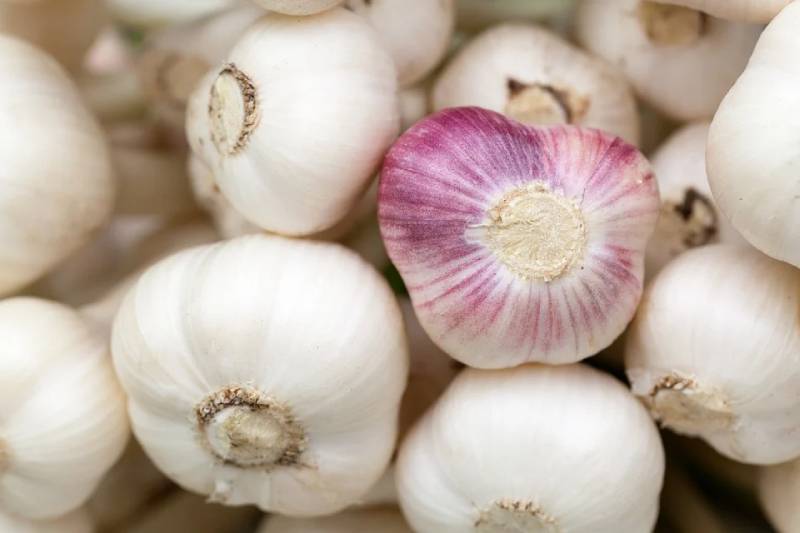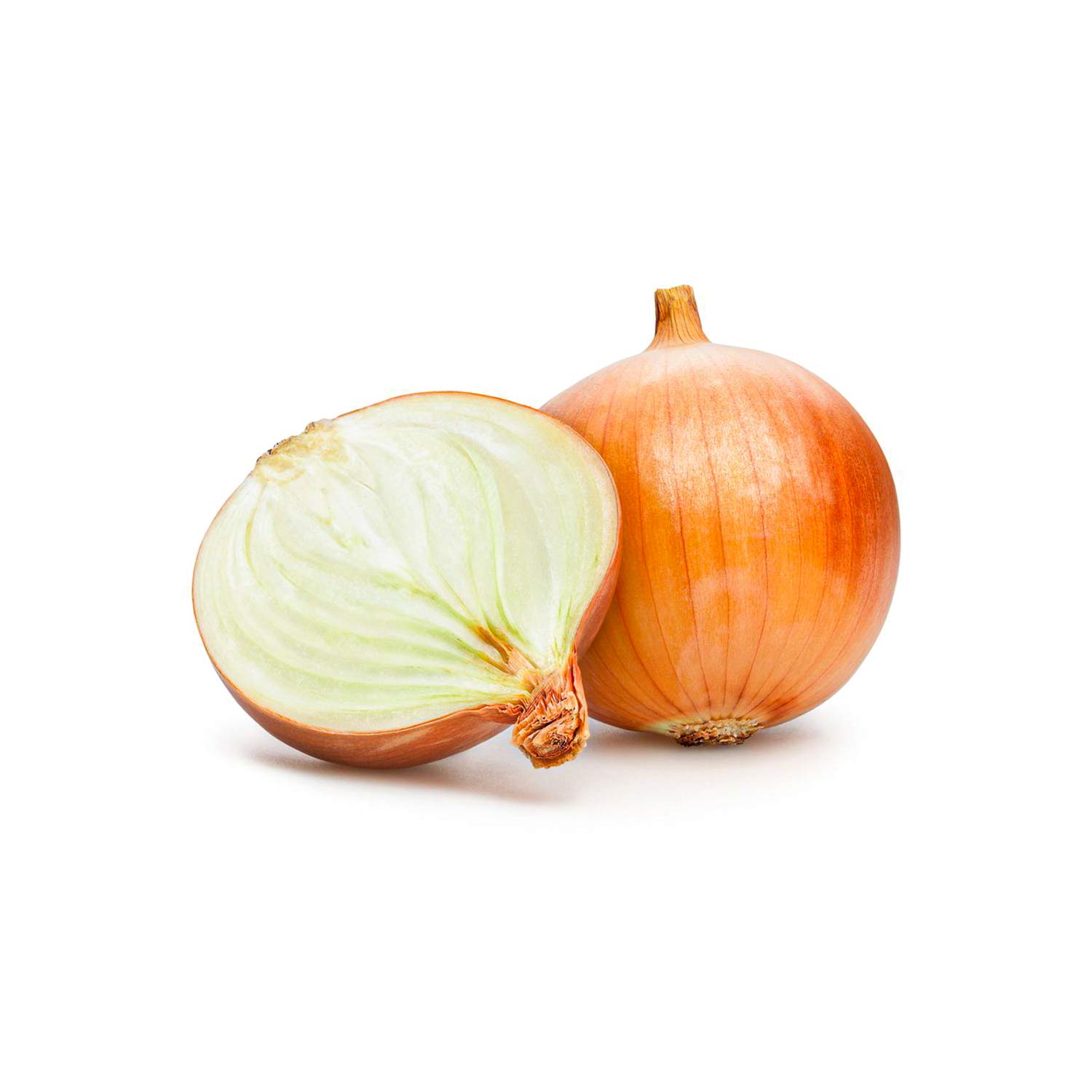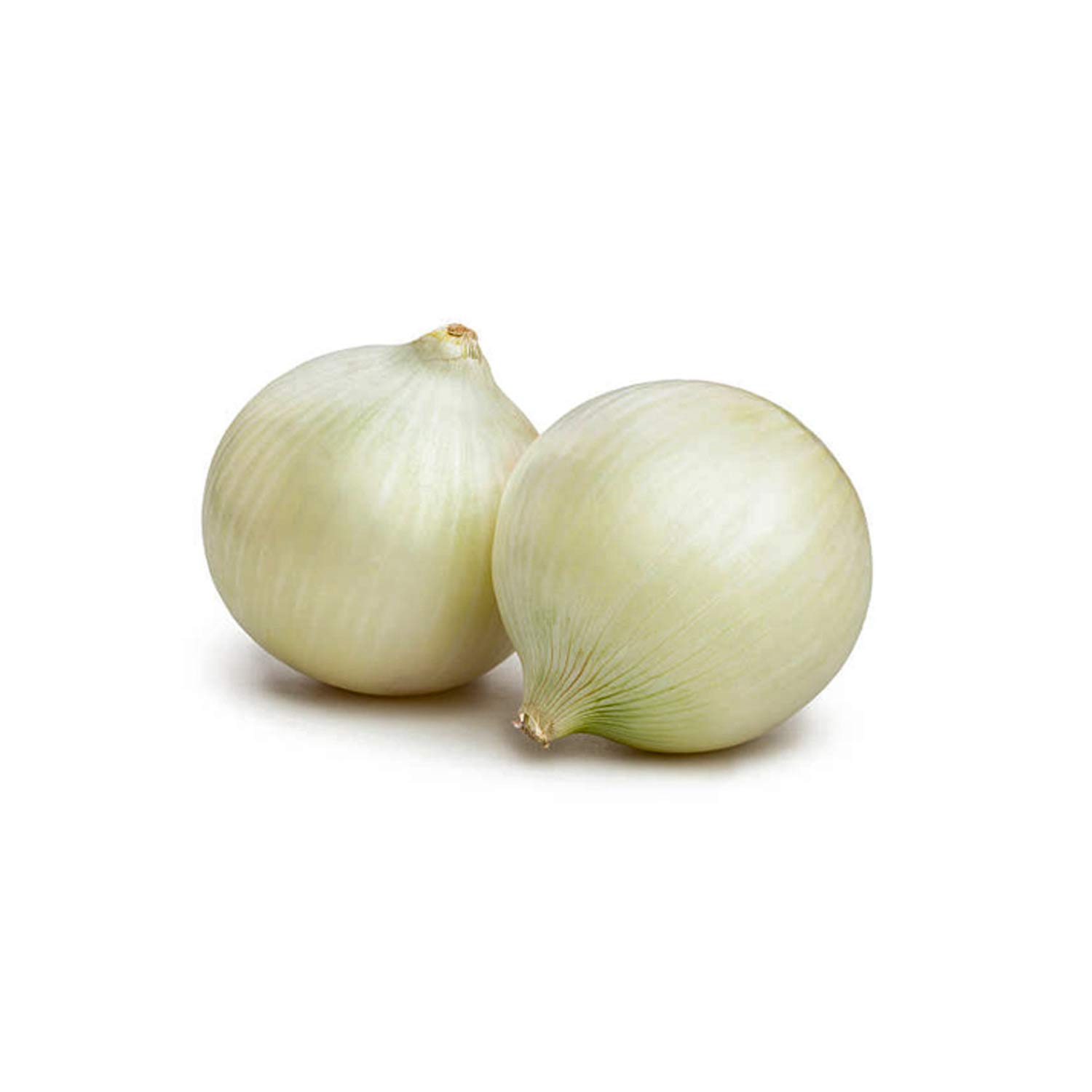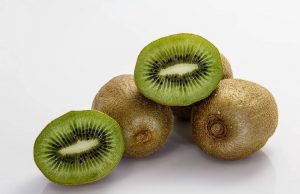A Global Market Driving Demand
Garlic Exporters: Key Players in the Global Market
Garlic is a highly popular culinary ingredient used across various cuisines worldwide. Because of its strong flavor and numerous health benefits, it has become a staple in kitchens and a crucial agricultural export. Therefore, garlic exporters play a vital role in meeting global demand by shipping large quantities to countries worldwide. This article explores the significance of garlic exporters, highlights leading exporting countries, and identifies key markets for this pungent, versatile vegetable.


Top Garlic Exporting Countries
Several countries dominate the global garlic export market, each supplying distinct varieties that cater to diverse culinary preferences. For instance, here are some of the leading exporters:
China leads the world as the largest garlic producer and exporter, accounting for approximately 70% of global garlic exports. Chinese garlic stands out for its affordability and year-round availability. Consequently, major markets include Europe, North America, and Asia.
Spain ranks among Europe’s top garlic exporters, known for its high-quality bulbs. Spanish garlic attracts buyers for its flavor and longer shelf life. It mainly serves markets in Europe, North America, and the Middle East.
Argentina has emerged as a key player, especially during the Northern Hemisphere’s off-season. Argentine garlic enjoys high demand in North America, where suppliers ship large volumes during winter. Meanwhile, Argentina capitalizes on seasonal gaps.
India produces significant garlic quantities and has expanded its export capacity recently. Indian garlic is popular in neighboring countries and is increasingly reaching the Middle East and Southeast Asia.
Egypt has started making its mark as a garlic exporter, particularly to European and Middle Eastern markets. Favorable growing conditions allow Egypt to produce flavorful, high-quality garlic that appeals to international buyers. Indeed, Egypt is quickly gaining recognition.
Key Markets for Garlic Exports
Garlic remains a kitchen essential worldwide, and demand grows in various regions:
North America imports large quantities of garlic, mainly from China and Argentina. The rising use of garlic for both culinary and health purposes strengthens its market position.
Europe consumes substantial amounts of garlic, with Spain and China supplying the majority. Countries like France, Italy, and the UK integrate garlic into many traditional dishes. Furthermore, Europe’s culinary diversity sustains steady demand.
Middle East experiences rapid growth in garlic demand, with Saudi Arabia and the UAE importing heavily from China, Spain, and India. Garlic’s central role in regional cuisines drives this trend.
Asia-Pacific sees garlic as a daily staple in Southeast Asia. China and India supply significant volumes to countries such as Malaysia, Indonesia, and Thailand. As a result, these regions represent a critical market segment.
Why Garlic is in High Demand Globally
Several factors contribute to garlic’s increasing global popularity:
Culinary Versatility: Garlic flavors countless dishes worldwide, from Italian pasta sauces to Chinese stir-fries. Its use spans sauces, soups, marinades, and beyond, making it indispensable for chefs and home cooks alike.
Health Benefits: Garlic boasts medicinal properties that include immune system support, blood pressure reduction, and infection control. Thus, consumers use garlic not only in food but also in supplements and natural health products.
Growing Popularity of Plant-Based Diets: As more individuals adopt plant-based lifestyles, garlic’s ability to enhance the flavor of vegetables, grains, and legumes has boosted its demand among vegetarians and vegans.
Industrial Use: Beyond the kitchen, industries such as pharmaceuticals and cosmetics use garlic for its antibacterial and antioxidant properties, opening new export markets. Moreover, this broad usage contributes to its expanding demand.
Quality Control and Sustainability in Garlic Exports
To satisfy growing demand and uphold reputations, garlic exporters focus on quality and sustainability:
Strict Quality Control: Leading exporters implement rigorous quality checks from harvest to packaging, ensuring garlic meets international food safety and quality standards. Proper storage and packaging also extend shelf life, facilitating long-distance shipping.
Sustainable Farming Practices: Many exporters adopt sustainable methods, including reducing chemical pesticide use, practicing organic farming, and using eco-friendly packaging. Furthermore, these practices help attract environmentally conscious buyers.
Compliance with Export Regulations: Exporters comply with import regulations across different countries, securing certifications such as GlobalGAP and organic labels to meet safety and quality requirements. In addition, compliance fosters trust and expands market access.





